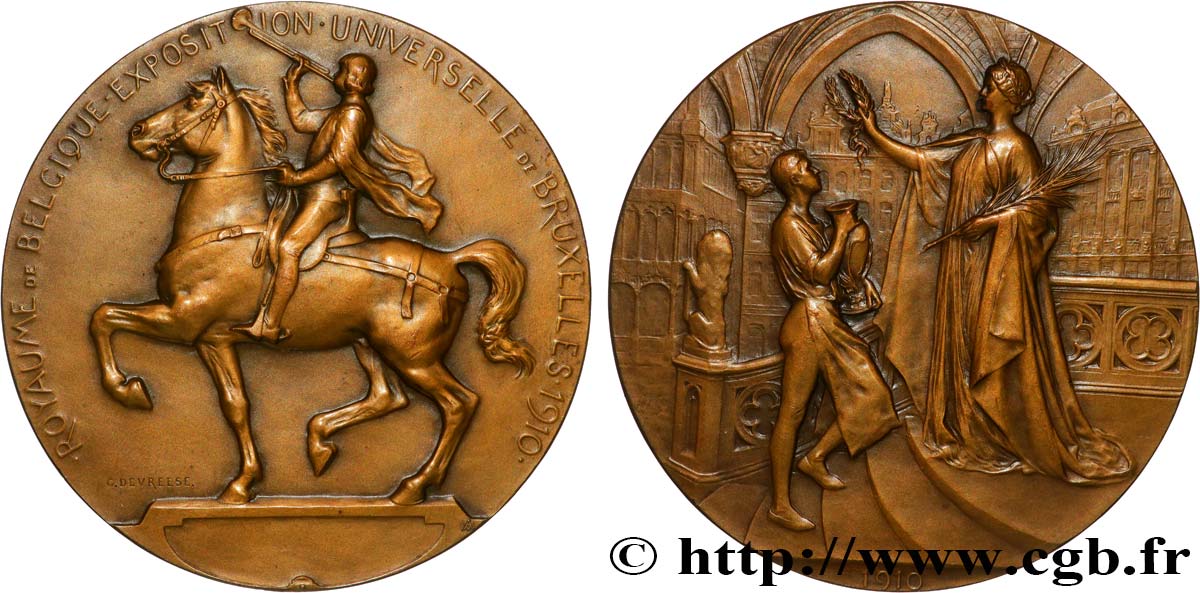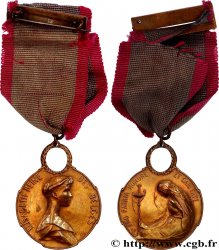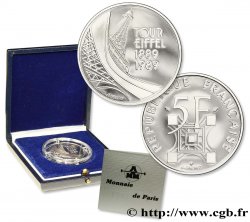Live auction - fme_829299 - BELGIUM - KINGDOM OF BELGIUM - ALBERT I Médaille, Exposition Universelle de Bruxelles
You must signin and be an approved bidder to bid, LOGIN TO BID. Accounts are subject to approval and the approval process takes place within 48 hours. Do not wait until the day a sale closes to register. Clicking on "BID" constitutes acceptance of the terms of use of cgb.fr private live auctions.
Bids must be placed in whole Euro amounts only. The sale will start closing at the time stated on the item description; any bids received at the site after the closing time will not be executed. Transmission times may vary and bids could be rejected if you wait until the last second. For further information check the Live auction FAQ
All winning bids are subject to a 18% buyer’s fee.
All winning bids are subject to a 18% buyer’s fee.
Type : Médaille, Exposition Universelle de Bruxelles
Date: 1910
Mint name / Town : Belgique, Bruxelles
Metal : bronze
Diameter : 70 mm
Orientation dies : 12 h.
Engraver DEVREESE Godefroid (1861- 1941)
Weight : 126,98 g.
Edge : lisse
Puncheon : sans poinçon
Coments on the condition:
Belle patine marron hétérogène, avec quelques taches d’oxydation. Petite usure sur les hauts reliefs. Présence de quelques coups sur la tranche
Obverse
Obverse legend : ROYAUME DE BELGIQUE - EXPOSITION UNIVERSELLE DE BRUXELLES 1910.
Obverse description : Héraut à cheval sonnant de la trompette, signé : G. DEVREESE..
Reverse
Reverse legend : À L’EXERGUE : 1910.
Reverse description : Renommée tenant une palme et remettant une couronne de laurier à un artisan tenant son vase dans les bras ; l’ensemble dans un escalier au centre d’un décors gothique.
Commentary
L'Exposition Universelle et Internationale, est une Exposition universelle qui s'est déroulée à Bruxelles du 23 avril au 1er novembre 1910. C'est la troisième exposition internationale de la ville. L'exposition est relativement généraliste mettant en avant les réalisations industrielles, commerciales et coloniales de la Belgique.
Elle eut un grand succès et reçut la visite de près de 13 millions de visiteurs, sur près de 90 hectares et près de 29 000 exposants.
L'Exposition se déroula au plateau du Solbosch à Bruxelles, et à Tervuren où fut organisée une Exposition coloniale. Sur le site du Solbosch se trouvait également un village pittoresque Bruxelles-Kermesse, conçue par les architectes Jules Barbier puis Franz Van Ophem comme une reconstitution d'un Bruxelles de jadis qui était déjà en train de disparaître.
L'exposition a pour particularité d'avoir la présence pour la première fois pour ce type d'évènement de pavillon nationaux notamment du Royaume-Uni ou de l'Allemagne, bien que plus diffuse la présence de représentant français est très important avec près de 45 000 m² de bâti qu'il lui sont consacré.
L'Exposition de 1910 s'est dramatiquement interrompue à la suite d'un terrible incendie qui a éclaté dans la nuit du 14 au 15 août 1910 qui en a entièrement ravagé le grand palais central, Bruxelles Kermesse, ainsi que le pavillon britannique et des stands français..
The Universal and International Exhibition was a World's Fair that took place in Brussels from April 23 to November 1, 1910.. This is the city's third international exhibition.. The exhibition is relatively general, highlighting Belgium's industrial, commercial and colonial achievements..
It was a great success and received the visit of nearly 13 million visitors, over nearly 90 hectares and nearly 29,000 exhibitors..
The Exhibition took place at the Solbosch plateau in Brussels, and in Tervuren where a Colonial Exhibition was organized.. On the Solbosch site there was also a picturesque village, Brussels-Kermesse, designed by the architects Jules Barbier and then Franz Van Ophem as a reconstruction of a Brussels of yesteryear that was already disappearing..
The exhibition has the particularity of having the presence for the first time for this type of event of national pavilions notably from the United Kingdom and Germany, although more diffuse the presence of French representatives is very important with nearly 45,000 m² of buildings dedicated to it..
The 1910 Exposition was dramatically interrupted following a terrible fire that broke out during the night of 14 to 15 August 1910, completely destroying the large central palace, Brussels Kermesse, as well as the British pavilion and French stands..
Elle eut un grand succès et reçut la visite de près de 13 millions de visiteurs, sur près de 90 hectares et près de 29 000 exposants.
L'Exposition se déroula au plateau du Solbosch à Bruxelles, et à Tervuren où fut organisée une Exposition coloniale. Sur le site du Solbosch se trouvait également un village pittoresque Bruxelles-Kermesse, conçue par les architectes Jules Barbier puis Franz Van Ophem comme une reconstitution d'un Bruxelles de jadis qui était déjà en train de disparaître.
L'exposition a pour particularité d'avoir la présence pour la première fois pour ce type d'évènement de pavillon nationaux notamment du Royaume-Uni ou de l'Allemagne, bien que plus diffuse la présence de représentant français est très important avec près de 45 000 m² de bâti qu'il lui sont consacré.
L'Exposition de 1910 s'est dramatiquement interrompue à la suite d'un terrible incendie qui a éclaté dans la nuit du 14 au 15 août 1910 qui en a entièrement ravagé le grand palais central, Bruxelles Kermesse, ainsi que le pavillon britannique et des stands français..
The Universal and International Exhibition was a World's Fair that took place in Brussels from April 23 to November 1, 1910.. This is the city's third international exhibition.. The exhibition is relatively general, highlighting Belgium's industrial, commercial and colonial achievements..
It was a great success and received the visit of nearly 13 million visitors, over nearly 90 hectares and nearly 29,000 exhibitors..
The Exhibition took place at the Solbosch plateau in Brussels, and in Tervuren where a Colonial Exhibition was organized.. On the Solbosch site there was also a picturesque village, Brussels-Kermesse, designed by the architects Jules Barbier and then Franz Van Ophem as a reconstruction of a Brussels of yesteryear that was already disappearing..
The exhibition has the particularity of having the presence for the first time for this type of event of national pavilions notably from the United Kingdom and Germany, although more diffuse the presence of French representatives is very important with nearly 45,000 m² of buildings dedicated to it..
The 1910 Exposition was dramatically interrupted following a terrible fire that broke out during the night of 14 to 15 August 1910, completely destroying the large central palace, Brussels Kermesse, as well as the British pavilion and French stands..








 Live starting :
Live starting :  Report a mistake
Report a mistake Print the page
Print the page Share my selection
Share my selection Ask a question
Ask a question Consign / sell
Consign / sell
 Full data
Full data















